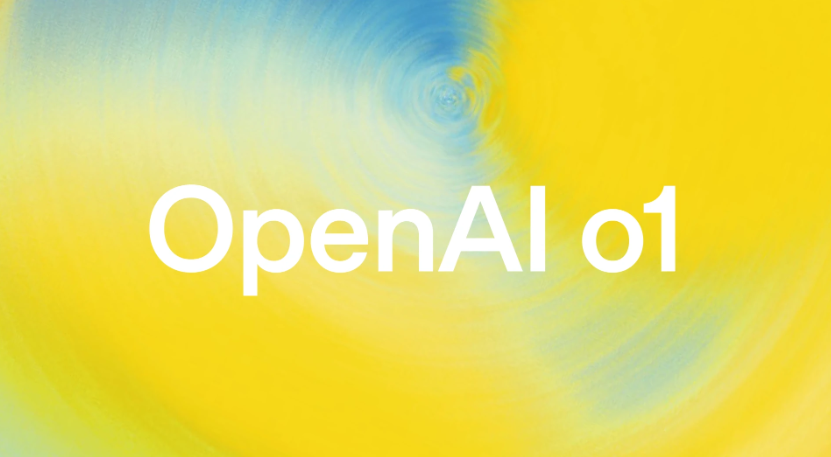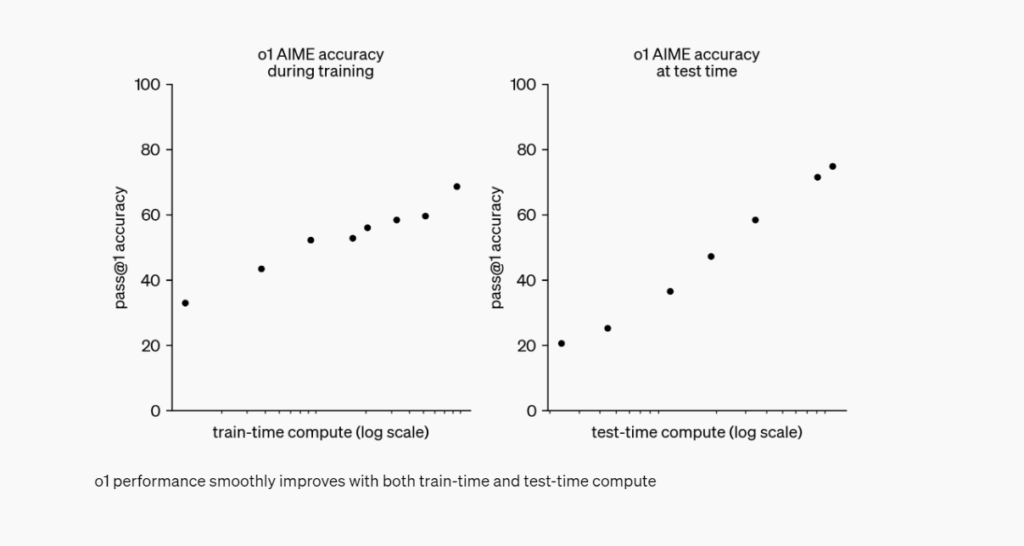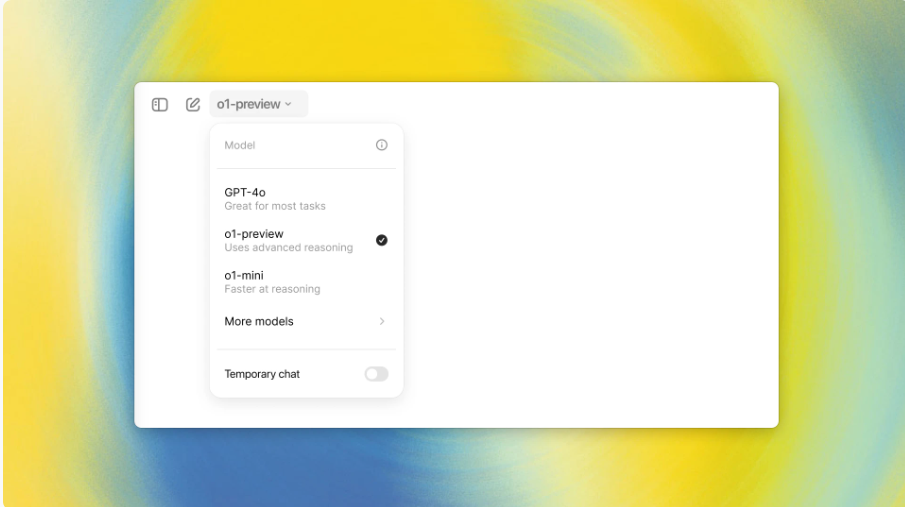OpenAI o1 outperforms GPT-4o in AI reasoning, especially in the STEM field. ChatGPT Plus, Team, Enterprise, and Edu users can access the o1 model through ChatGPT.

OpenAI recently introduced two models – OpenAI o1-preview and OpenAI o1-mini. The launch marked a significant leap in the world of artificial intelligence (AI). These AI models have been designed to more time thinking before they respond. But the question is What is OpenAI o1? Why are they gaining traction? Are they faster than ChatGPT?
In this article, we will look at the answers to these questions and also cover other aspects of OpenAI o1. Before delving deeper, let’s recap what happened in the last few days.
Table of Content
- Recap
- What is OpenAI o1?
- What Can OpenAI o1 Actually Do?
- How OpenAI o1 Performs?
- How Can You Use OpenAI o1?
- OpenAI o1: Limitations
- GPT-4o vs. OpenAI o1
- OpenAI o1: What Is Next?
- Conclusion
Recap
On September 12, 2024, OpenAI released OpenAI o1-preview and OpenAI o1-mini. These are large language models (LLMs) and pre-trained on vast text datasets. OpenAI o1-mini is a cost-efficient reasoning model that excels at STEM, especially math and coding. o1 mini nearly matches the performance of OpenAI o1 on evaluation benchmarks such as AIME and Codeforces.
OpenAI expects o1-mini to be a faster, cost-effective model for applications which demand reasoning without broad world knowledge. o1-mini has launched for tier 5 API users with a cost that is 80% cheaper than OpenAI o1-preview. Users of ChatGPT Plus, Team, Enterprise, and Edu can use o1-mini as an alternative to o1-preview, with lower latency and higher rate limitations.
What is OpenAI o1?
OpenAI o1 is a new AI model series designed to advance reasoning capabilities to handle complex tasks like mathematics, science, and coding. The o1 models are initially intended to serve as preview models, giving users and OpenAI a distinct LLM experience compared to the GPT-4o model.
OpenAI o1 models can be used to build application code, create new material, summarize existing content, and respond to inquiries.
Key features of the OpenAI o1 series:
Advanced Reasoning: The model is designed to perform higher reasoning tasks. They include generating intricate mathematical formulas in domains like quantum optics or evaluating data from cell sequencing.
Safety Enhancements: The o1 model has enhanced safety features that are intended to abide more closely by safety and alignment regulations, minimizing manipulation vulnerabilities.
Two Variants: The o1-preview and o1-mini are the two main variants. The o1-mini is designed for quicker and less expensive procedures, especially when it comes to coding-related tasks.
Availability: o1 models can be accessed through the API and by ChatGPT Plus, Enterprise, and EDU users. However, at this time, their capabilities are restricted to browsing and file uploads.
Chain-of-thought prompting is the fundamental reasoning technique used by OpenAI, in which a model iteratively reasons through an issue step by step. Reinforcement learning and other advanced training techniques were used in the development of o1.
What Can OpenAI o1 Actually Do?
Similar to OpenAI’s other GPT models, OpenAI o1 is capable of performing a wide range of tasks, ranging from question answering to content summarization, and content creation.
OpenAI o1 can help users with the following tasks:
- Advanced reasoning
- Mathematics
- Brainstorming and ideation
- Coding
- Research
According to OpenAI research, OpenAI o1 placed among the top 500 US students and ranked in the 89th percentile on competitive programming questions in a qualifier for the USA Math Olympiad (AIME). The o1 model outperformed human PhD-level accuracy on a benchmark of physics, biology, and chemistry problems (GPQA).
How OpenAI o1 Performs?
Through a very data-efficient training method, OpenAI’s large-scale reinforcement learning algorithm teaches the model how to think constructively using its chain of thought. The company found that increasing the amount of reinforcement learning (train-time compute) and increasing the amount of time spent thinking (test-time compute) systematically enhances o1’s performance.

Chain of Thought
When trying to solve an issue, o1 uses a chain of thought, much like a human may consider a problem before answering. By using reinforcement learning, o1 acquires the ability to enhance its cognitive flow and optimize its strategies. It gains the ability to identify and fix its errors.
The o1 model learns the ability to break down complex steps into easier ones. When a method does not succeed, it learns to try another one. The model’s capacity for reasoning is significantly enhanced by this procedure.
How Can You Use OpenAI o1?
If you are a user of ChatGPT Plus or have a ChatGPT Team subscription, you can access both the o1-preview and o1-mini models directly within the ChatGPT interface. You can select the models from the model selector dropdown menu at the top of the page.

OpenAI o1: Limitations
The current o1 model is focused on STEM thinking skills. It lacks factual knowledge of non-STEM topics like biographies, dates, and trivia and is similar to that of small LLMs like GPT-4o mini.
According to the company, future iterations of the model will address these shortcomings and explore the possibility of applying it to modalities and fields other than STEM.
Other limitations include API which currently offers access to two variants of the o1 model – o1-preview and o1-mini.
As o1 is currently in beta, certain API parameters and features are not yet supported. It also has rate limits. OpenAI initially limited o1-preview usage to 30 messages a week, rising to 50 messages a week for 01-mini. On September 16, 2024, the company increased the limit for o1-preview to 50 messages a week and o1-mini to 50 messages per day.
GPT-4o vs. OpenAI o1
Enterprises and individual users alike can benefit from advanced coding capabilities provided by the OpenAI o1 model. Now, let’s understand how the OpenAI o1 model differs from its predecessor, GPT-4o.
The following highlights the differences between GPT-4o vs. OpenAI o1:
| Particulars | GPT-4o | OpenAI o1 |
|---|---|---|
| Release | May 13, 2024 | September 12, 2024 |
| Model Variants | Single model | Two variants: o1-preview and o1-mini |
| Reasoning Performance | Good performance | Good at reasoning – in STEM |
| Performance Benchmark | 60.3% accuracy in maths | 94.5% accuracy in maths |
| Cost (per million tokens) | Input: $5 Output: $15 | o1-preview Input: $15; Output: $60 O1-mini Input: $3; Output: $12 |
| Safety | Focused on safety standards | Improved safety |
| Availability | Across OpenAI products | Limited access for specific users |
OpenAI o1: What Is Next?
As an early preview, these reasoning models are available in ChatGPT and the API. To make them more useful to everyone, OpenAI aims to add browsing, file and image uploading, and other features. In addition to the new OpenAI o1 series, the company also aims to keep developing and releasing models in its GPT series.
Conclusion
The early success of o1-preview on a range of benchmarks shows that it can address challenges in coding, scientific research, mathematics, and other domains. The o1 model considerably pushes the boundaries of AI reasoning. OpenAI intends to continue to refine the model to offer updated versions.
As o1 is still in its infancy and confronts difficulties, we will see new improvements in it with time that help users enhance their day-to-day tasks.
Stay tuned to The Future Talk for more such interesting topics. Comment your thoughts and join the conversation.